|
Christina’s World by Andrew Wyeth 1948 - Museum of Modern Art, New York.
I love this painting and always found it haunted me in a beautiful way. When I first saw it, I thought the painting was simply a romantic portrayal of a young girl/woman in a field in the summer. When I found out during an art history class who the girl is in the painting, and what she suffered from - it became a desperate painting about struggle, loss, pain. The subject in the painting is Christina Olson, a neighbour of Andrew Wyeth. She was crippled, completely unable to walk (possibly from polio - though she was undiagnosed). Wyeth painted this painting after seeing her agonizingly crawling across her field. His wife Betsy modeled for the painting to portray Christina, and he modified Betsy's body to the more contorted, skeletal form of Christina. Thinking of what an incredible struggle that must have been for Christina Olson on a daily basis, poor, unable to walk, living on a remote farm, changed my original reaction to this painting dramatically. When you know the back story and look closely at the painting, you can see her emaciated arms and twisted figure. Seeing the distance Wyeth has placed her on the canvas, from her home, on an inclined hill, is obviously meant to emphasize her situation. The barren landscape, the empty grey sky, the bleak houses - now I look at it and I can not believe that I had not recognized all the clues Wyeth has given us about the real meaning of this piece - and that I did not notice her arms and hands. But my understanding is that many people are also shocked to learn about the backstory of this painting, and also had not seen her the way she is actually painted. Andrew Wyeth, (born July 12, 1917 and died January 16, 2009) is one of my favourite artists. His colour palettes, attention to detail and compositions are wonderful. He painted the people around him and the landscapes and buildings close to him. Anna and Karl Kuerner, (his neighbors in Chadds Ford, Pennsylvania) and their farm were one of Wyeth's most important subjects for nearly 50 years, as was Christina Olson and the Olson farm. Now that I know more of is work, I see that poverty, discomfort, pain and emptiness are constant themes. Below are a few more of Andrew Wyeth's evocative paintings.
8 Comments
If you are taking an art class, or trying to learn how to paint via books or on-line, you probably keep coming across these words - colour, hue, tint, shade, tone and value. One of my art students asked me about these various definitions recently and I thought - yep - these can be very confusing. (Especially when I looked up the definition of hue and the synonym was tone .... lilac was used as an example of a hue and artists don't usually call lilac a hue ..... most artists would disagree with the definition I found.) Why the confusion? These terms are defined differently in different industries so you will get varying definitions. In this post I am discussing how these terms are used when an artist or art instructor is discussing a painting. COLOUR Let's start with colour - if someone refers to a colour, we understand what a colour is. Blue is a colour, viridian is a colour, orange is a colour. Experts estimate that the human eye can distinguish up to 10 million different colours. https://hypertextbook.com/facts/2006/JenniferLeong.shtml The fashion, interior design and house paint industry come up with all sorts of fabulous names for all the colours that surround us. A painting is made up of a whole bunch of colours. The terms we are discussing describe the colours used in a painting and how they relate to each other. And when you are learning how to paint, you need to understand these terms. HUE When artists talk about hue, they are describing either pure colour (no white, black, grey or another colour mixed with it) or the dominant pure colour in the colour that is being discussed. These are the colours on a colour wheel. The hues are the primary colours, - red, yellow and blue - and the secondary colours, - green, purple (called violet or magenta sometimes) and orange. When discussing the dominant colour in a colour we say the hue is ..... The hue of these colours is yellow - The hue of these colours is green - Back to the lilac issue. Most artists would not call lilac a hue because it is not a pure colour. If the colour lilac was being discussed, it's hue would be described as purple (or violet). The colour lilac would be called a tint or a tone. Why would some artists call lilac a tint and some call it a tone? Well .... yet more ways to confuse us about colour ..... it is because my idea of lilac, or your idea of lilac may be different to another person's idea of lilac. Any of the colours in the photo below could be called lilac. And calling it a tint or a tone depends on how a person perceives what is involved in creating the colour lilac. If they see lilac as simply purple plus white - they would call it a tint. If they see lilac as purple plus white plus blue and maybe a bit of black added ..... they would call it a tone. Yep. Confusing. The perception of colour and how to create it is very subjective which is why different people refer to these different terms in different ways. Hopefully the below definitions will clarify the way these terms are generally used for and by artists. HUE - pure colour (colour wheel colours), no white, black or another colour mixed with it - or referring to the dominant pure colour in a colour TINT - pure colour plus white A tint is just a hue that has had white added to it. The colour lilac can be referenced as a tint if only white is added to the hue violet/purple to achieve it. SHADE - pure colour plus black A shade is simply a hue that has had black added to it. The colour aubergine can be called a shade of violet/purple if black is added to the hue violet/purple to achieve it. If a hue is mixed only with white or black, it stays a pure tint or a pure shade. Once another colour or grey (black and white) is introduced, it becomes a tone. TONE - pure colour plus grey (black and white added) - and sometimes one or more other colours added to the pure colour A tone is simply a combination colour or a greyed down hue, the colours "beige" or "salmon" are tones. Skin tones - think of all of those colours in a face. Combinations of hues with grey create a myriad of skin tones in a portrait. Tones, tints, and shades are all still called colours. Tones, tints, and shades all have different values. Which now brings us to value, often the most discussed and the confusing one. VALUE - the lightness or darkness of a colour, tint, tone or shade. On a value scale, black is at one extreme, white at the other. The colours in the image above move from a light value to a dark value. Shades have dark values. Tints have light values. Values are a big deal in a painting. Correct values establish depth, position objects in a composition, demonstrate accurately the representation of shadow and light, and control the way the eye travels in a painting. When values are off in a painting, the painting doesn't work. Artists often use one of these to help sort out the values in their paintings. The trick is seeing what value a colour is, as colours confuse our eyes, making it hard to see how actually dark or light they are - what their true value is. Taking a colour image and translating it into a grayscale image before you paint it helps you accurately understand the value of the colours you are dealing with. When values are sorted out in a painting, that is when the magic happens.
I leave you with James Whistler's "Arrangement in Gray (Whistler's Mother)", Carravagio's "Incredulity of St. Thomas" and Vermeer's "Girl with a Pearl Earring". These three artists were masters at painting values, and the masterpieces below are excellent examples of how the values of different colours are effectively used in paintings. Edvard Munch - 12 December 1863 – 23 January 1944 Born in Ådalsbruk, United Kingdoms of Sweden and Norway "The Scream" by Norwegian Symbolist and influencer of German Expressionism Edvard Munch, is arguably one of the world's most famous paintings and Munch's most recognized work. Munch actually created four versions of "The Scream" - 2 oils and 2 pastels. On 2 May 2012, Munch's 1895 pastel "The Scream" sold for US $119,922,500. Yes, over 119 million dollars. This is how Munch described what lay behind his extraordinary work "The Scream". "I was walking down the road with two friends when the sun set; suddenly, the sky turned as red as blood. I stopped and leaned against the fence, feeling unspeakably tired. Tongues of fire and blood stretched over the bluish black fjord. My friends went on walking, while I lagged behind, shivering with fear. Then I heard the enormous, infinite scream of nature." Edvard Munch (Faerna, José María (1995). Munch. New York: Harry N. Abrams. p. 16.) "The Scream" touched our psyches and infiltrated our culture as few other works of art have. Was Munch's other work as dark and emotional? Yes. "I do not believe in the art which is not the compulsive result of Man's urge to open his heart." Edvard Munch (Eggum, Arne; Munch, Edvard (1984). Edvard Munch: Paintings, Sketches, and Studies. New York: C.N. Potter. p.10) "My father was temperamentally nervous and obsessively religious—to the point of psychoneurosis. From him I inherited the seeds of madness. The angels of fear, sorrow, and death stood by my side since the day I was born." Edvard Munch (Prideaux, Sue (2005). Edvard Munch: Behind the Scream. New Haven: Yale University Press.) Edvard Munch's work was highly personal - he lived a troubled life and his art reflects this. Edvard Munch grew up in dire poverty and surrounded by illness. Munch's mother died of Tuberculosis when Munch was just 5, he was terribly ill throughout his childhood, and his beloved sister Sophie also died of Tuberculosis when she was 15 and Munch was only 13. He was raised by his father who was a strict Calvinist and suffered from mental illness. After leaving home, he lived a life of self-imposed exile, believing that to be solitary created great art. In 1908, suffering depression, seeing hallucinations and experiencing feelings of persecution, Munch was also dealing with alcoholism. It is here when Munch reached an emotional breaking point and was hospitalized for 8 months. He was never married and had no children. When Munch died, his remaining works were not left to any of his family members but were bequeathed to the city of Oslo, which built the Munch Museum. - 1,100 paintings, 4,500 drawings, 18,000 prints and six sculptures. An extraordinary amount of work. An extraordinary legacy for Norway and for artists and art lovers world-wide. Possibly more than any other artist, Munch expressed in visual form the inner life of modern man. His images of loss, loneliness, anxiety, dread and sexuality touched a chord in viewers that most artists desperately try to reach. To learn more about this extraordinary artist, visit - https://www.edvardmunch.org/ |
Kate GreenArtist and Art Instructor living in Ottawa, Canada. ArchivesCategories
All
|
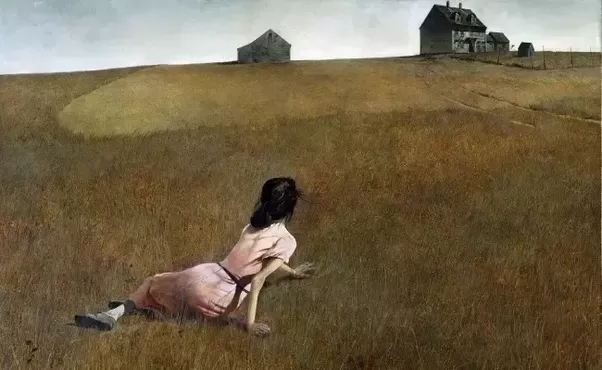
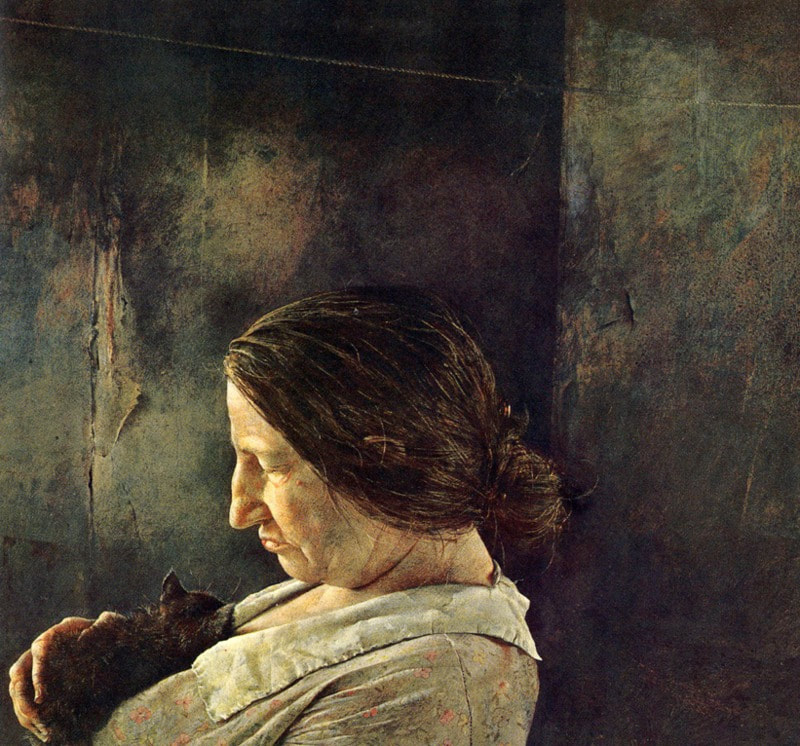
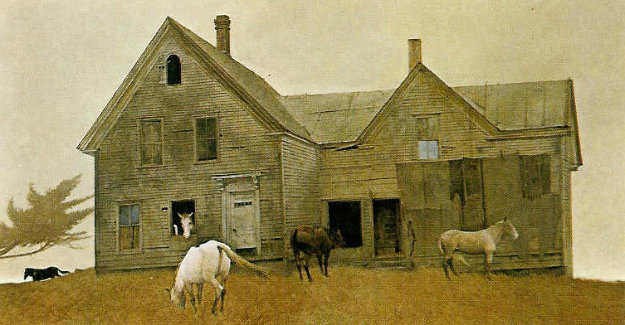
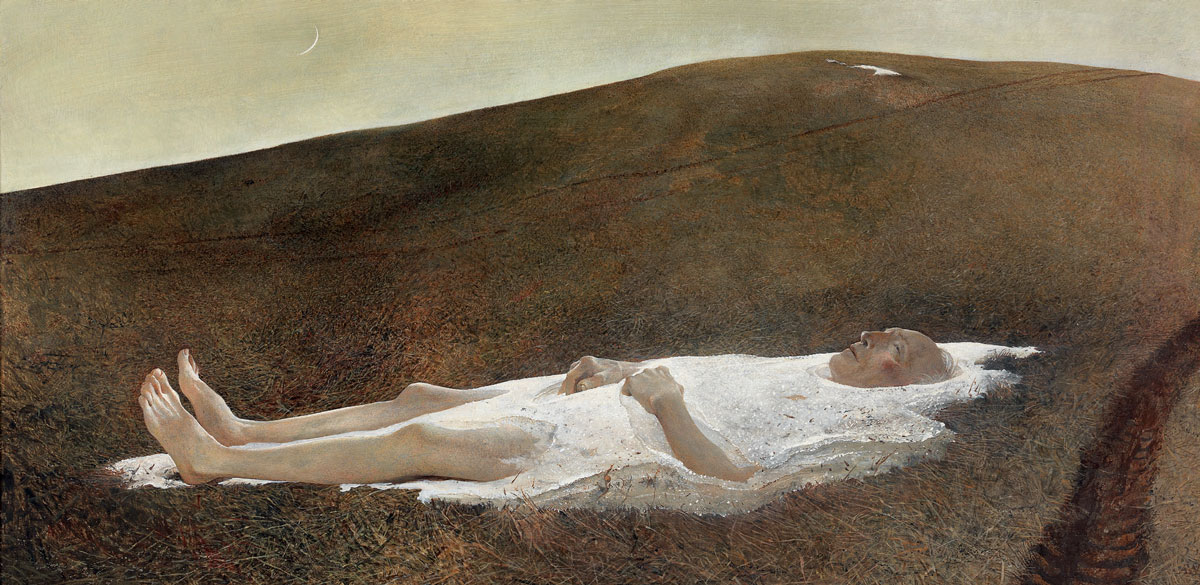
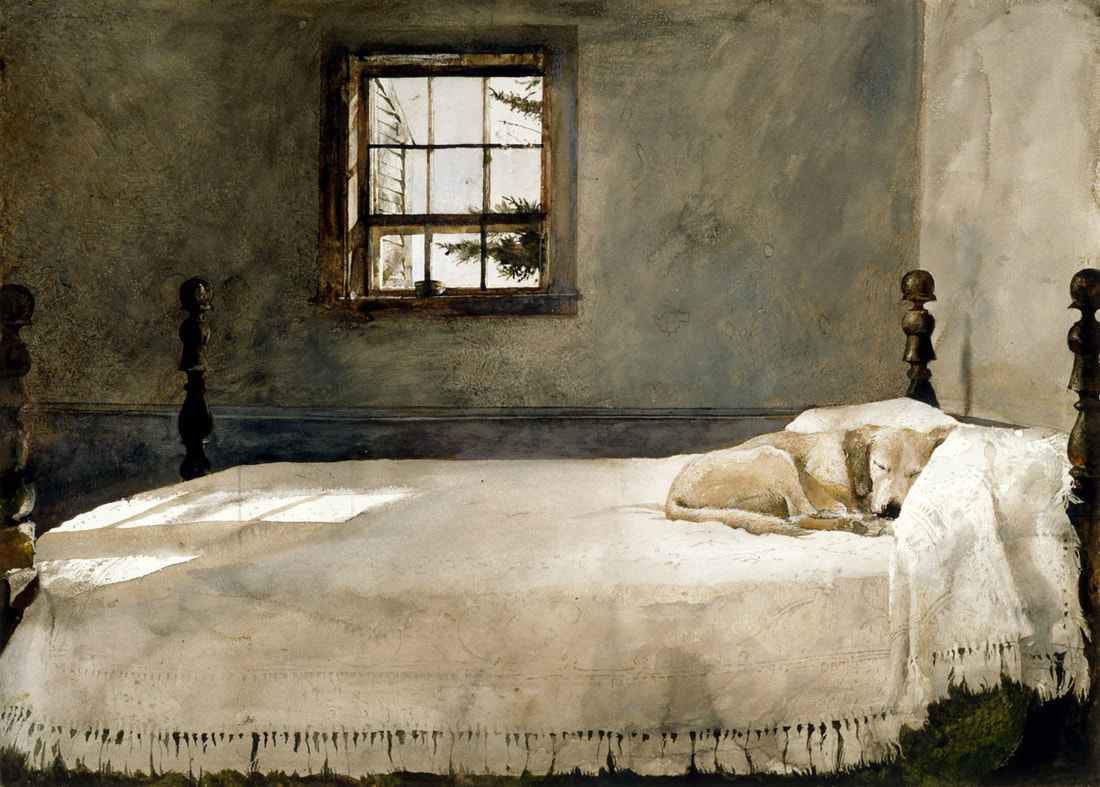
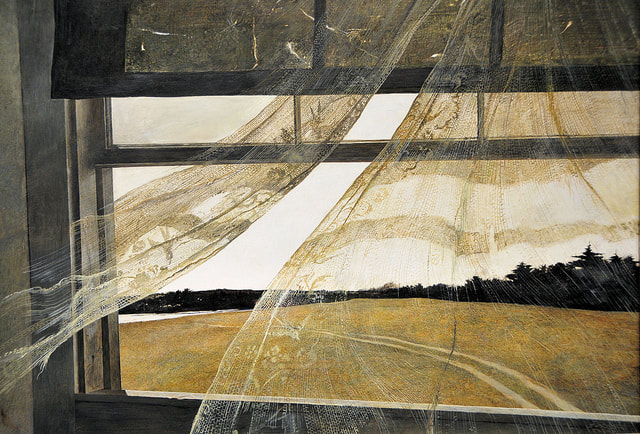
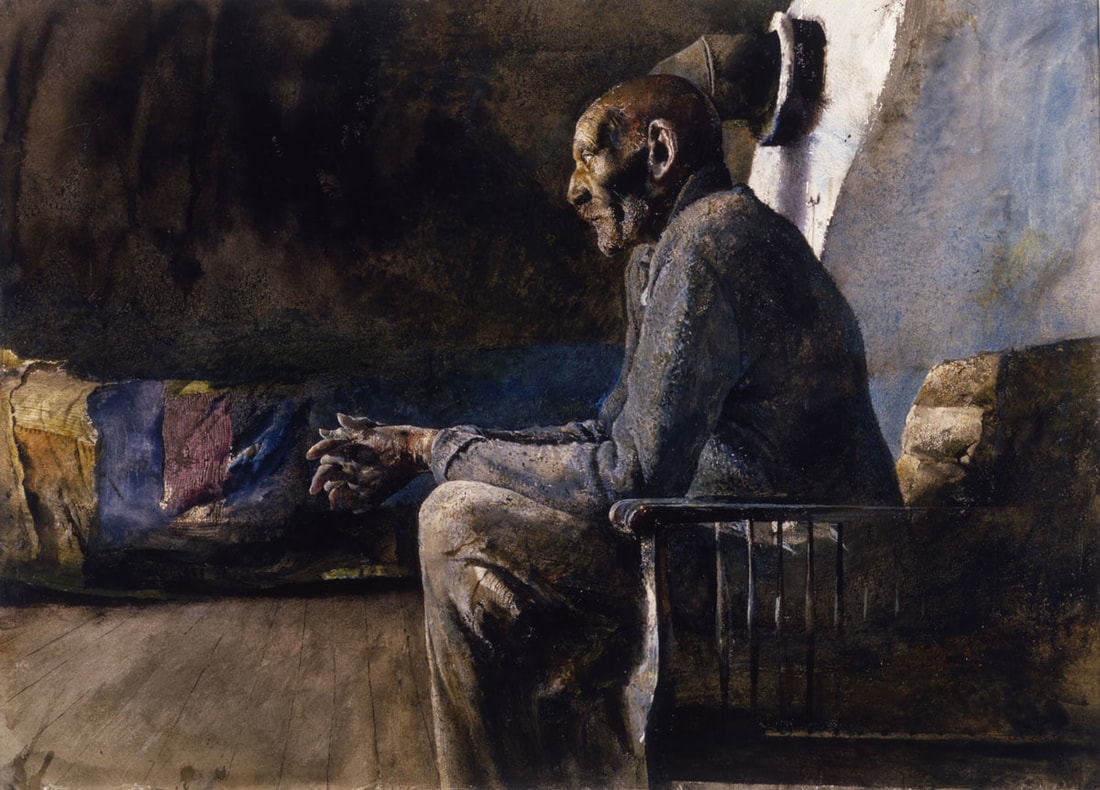
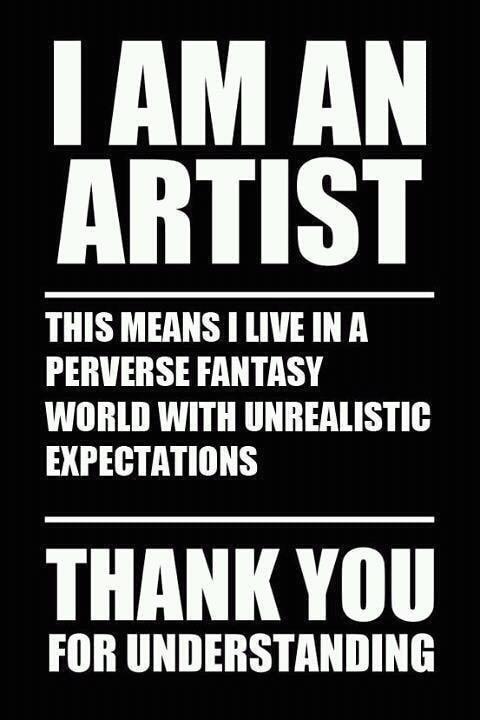

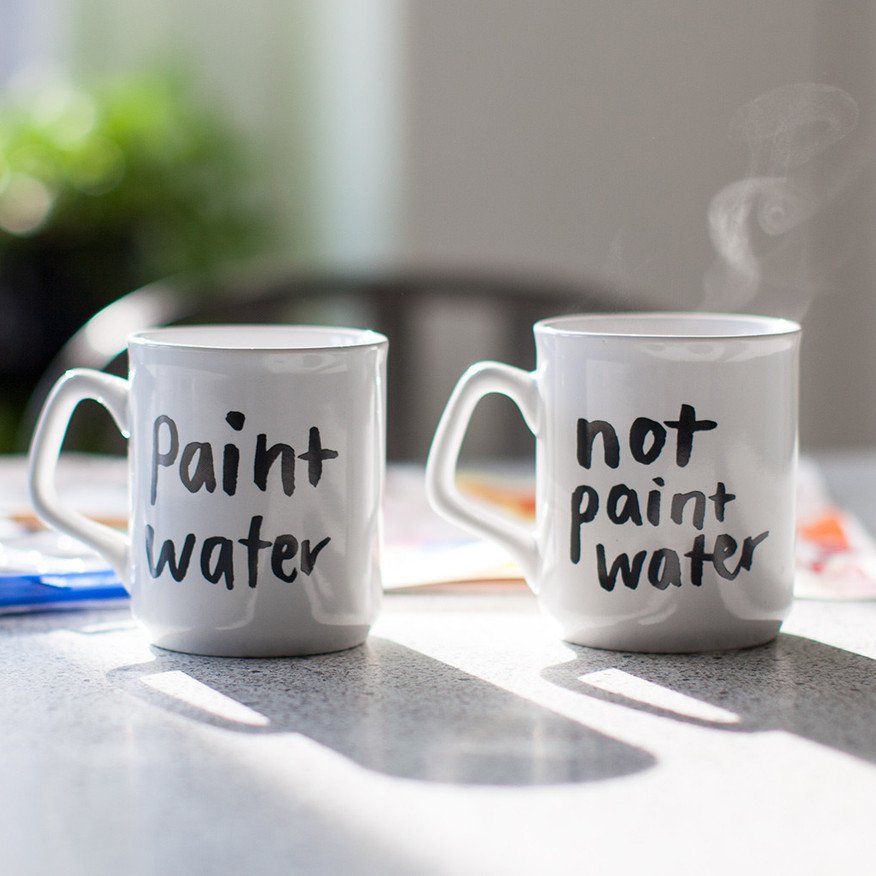
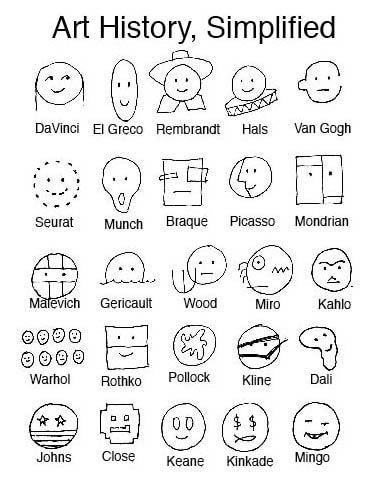
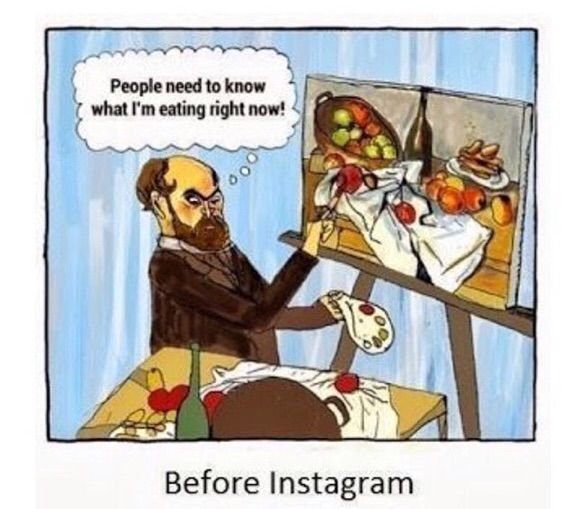
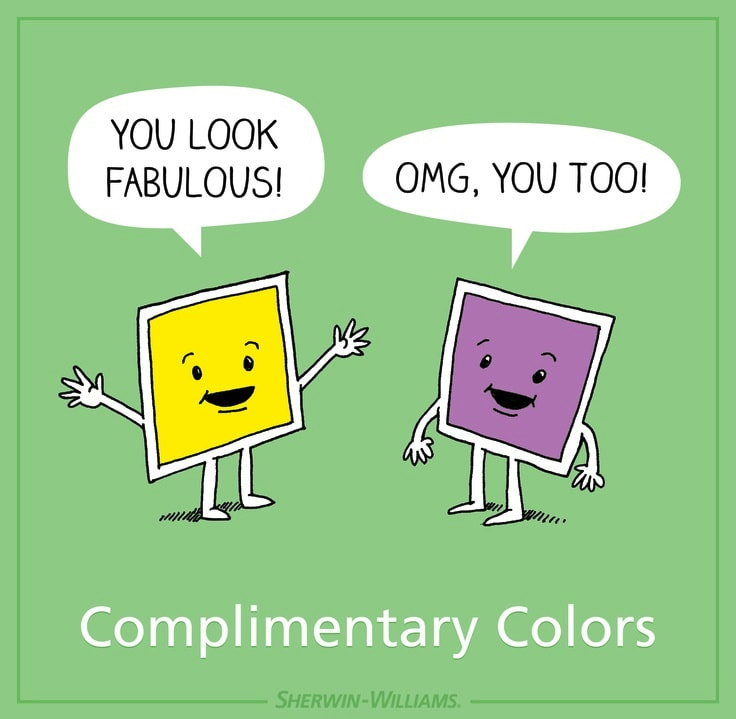
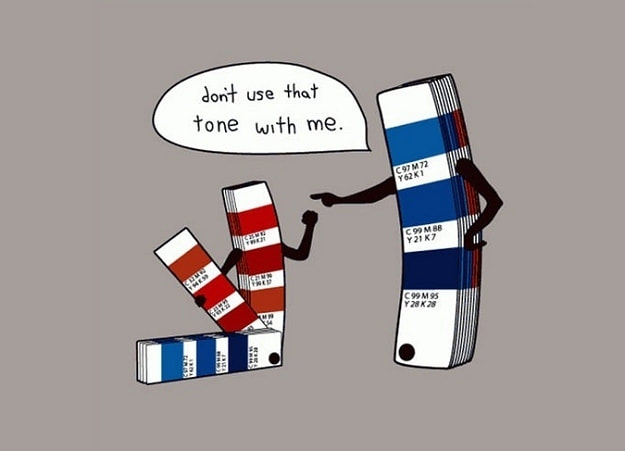
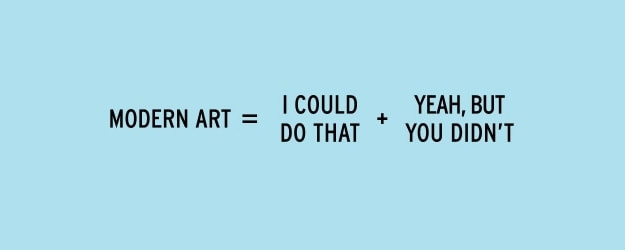
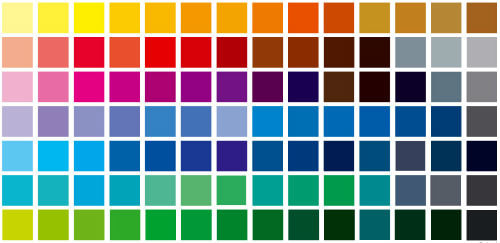
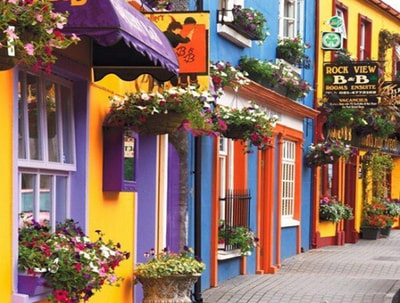
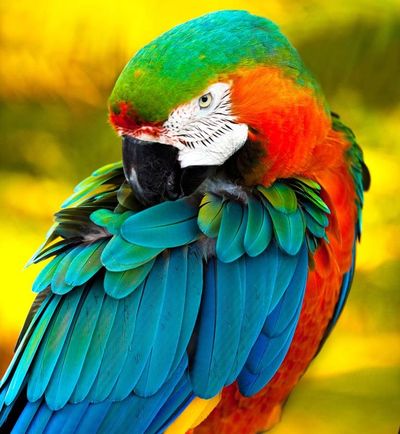

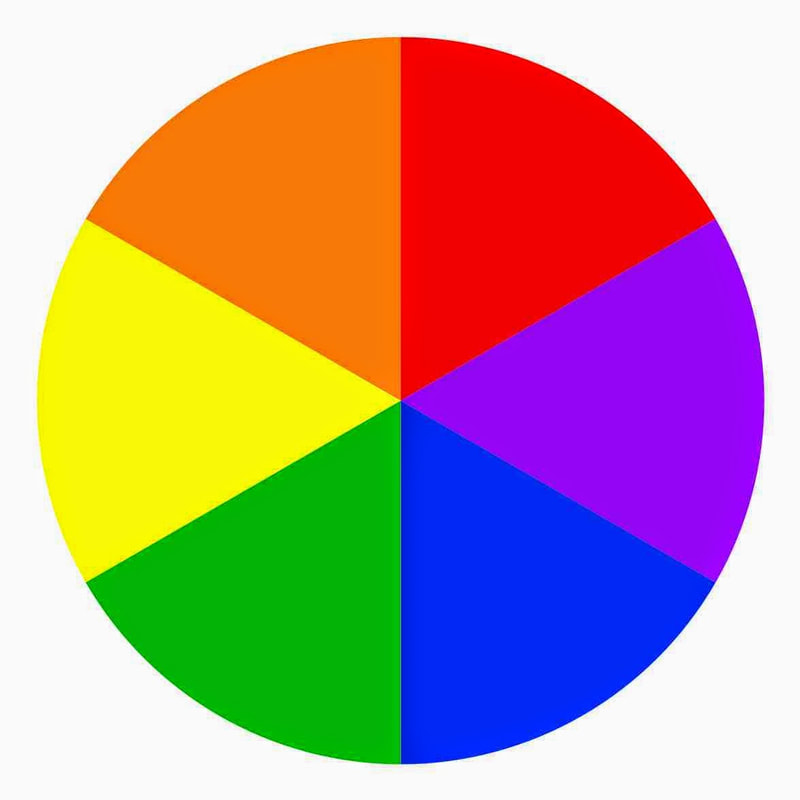
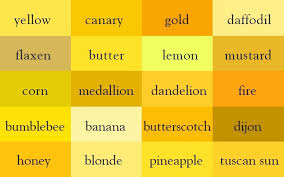
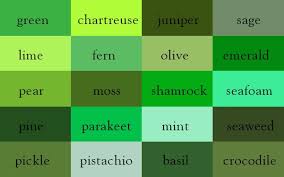

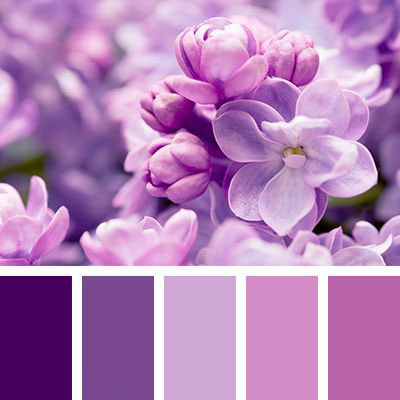
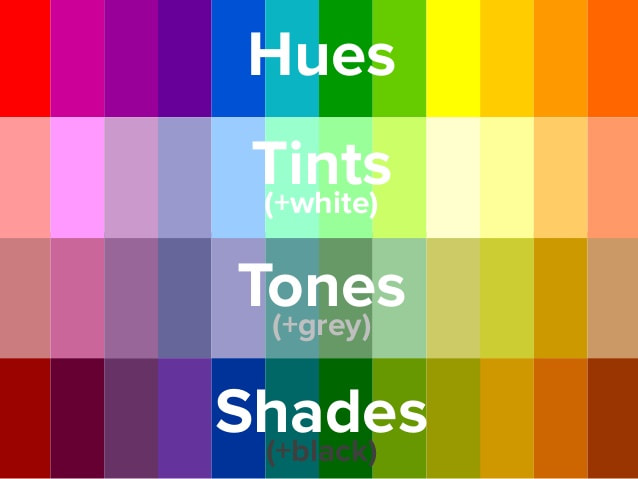
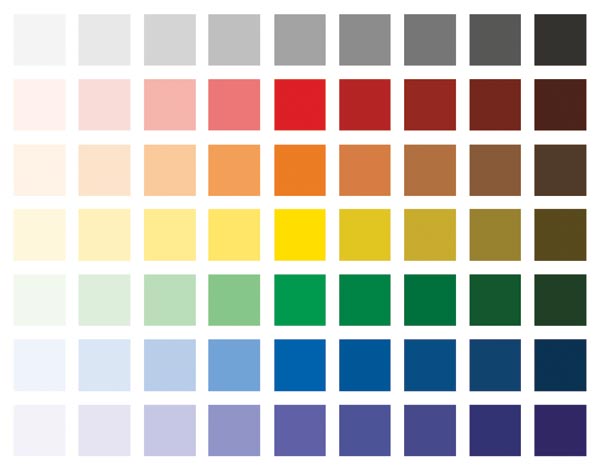

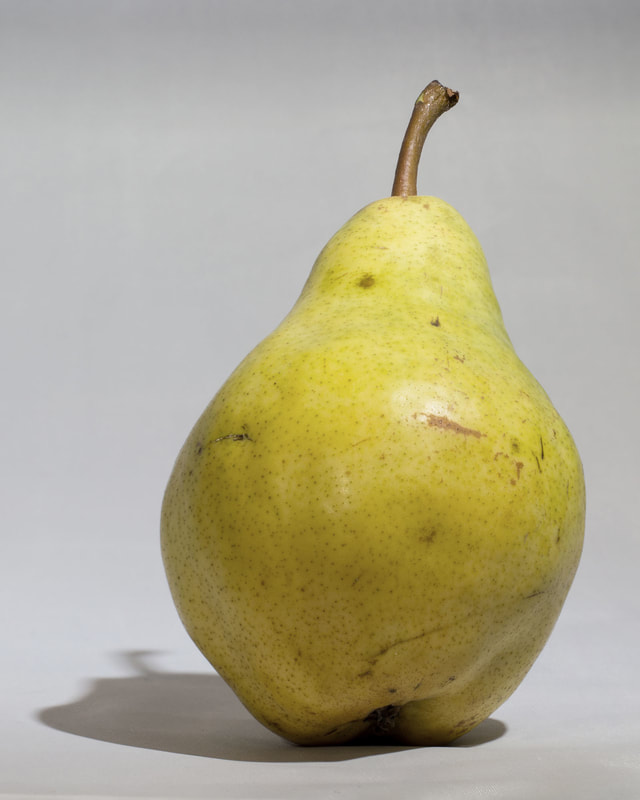
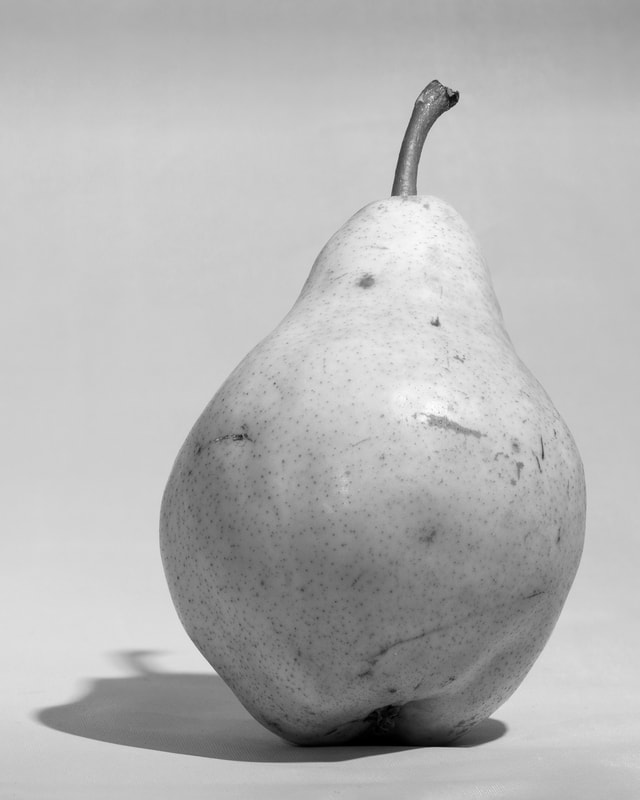
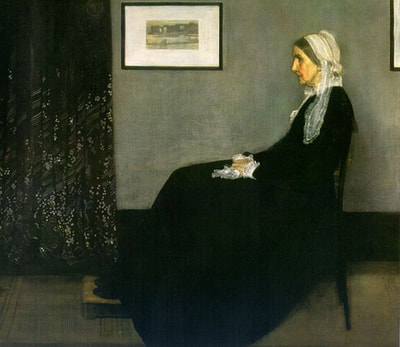
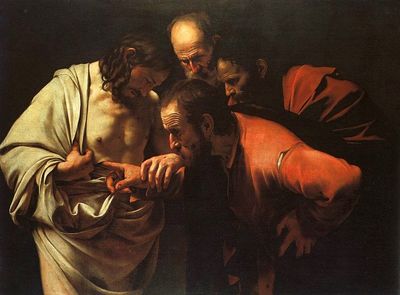
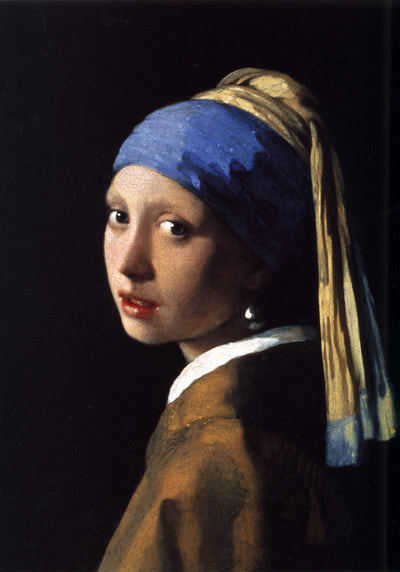
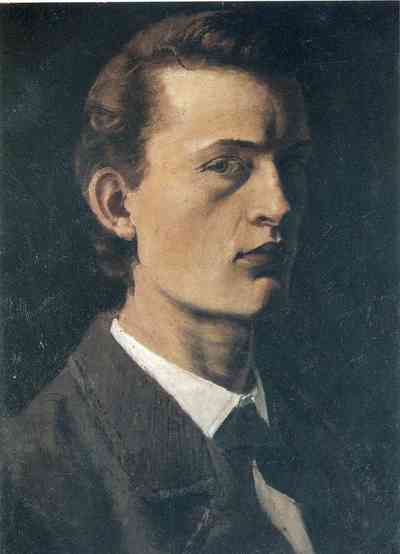
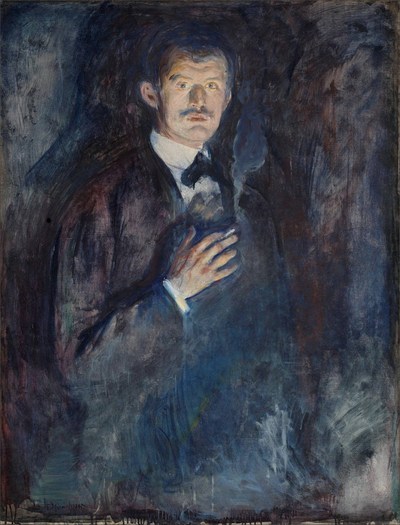
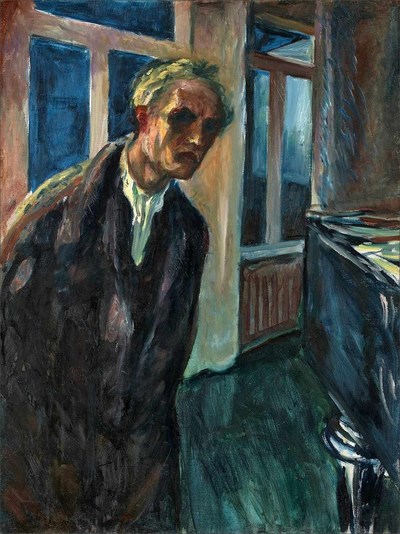
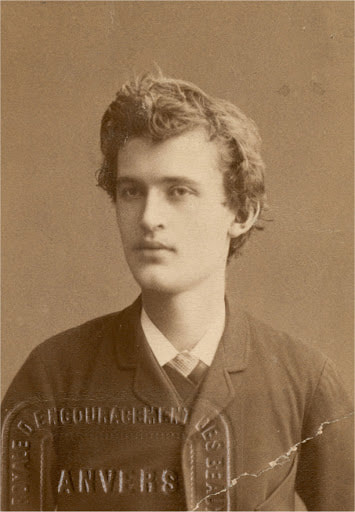
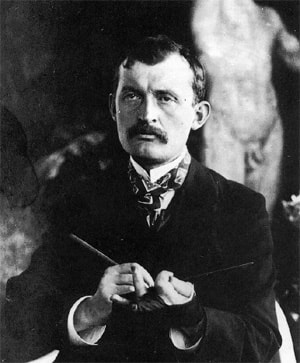
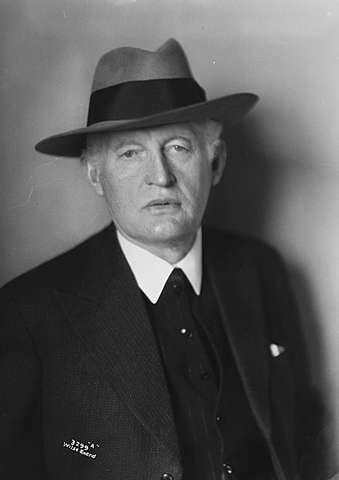
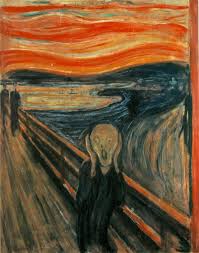
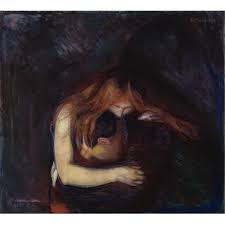
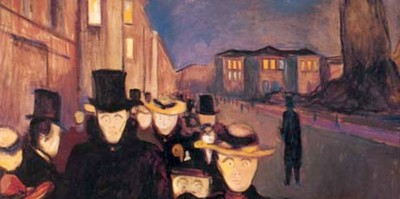
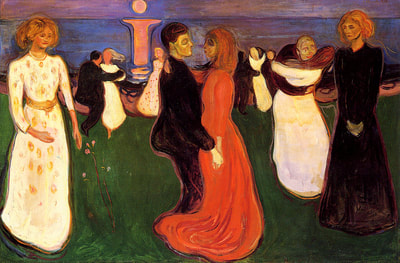
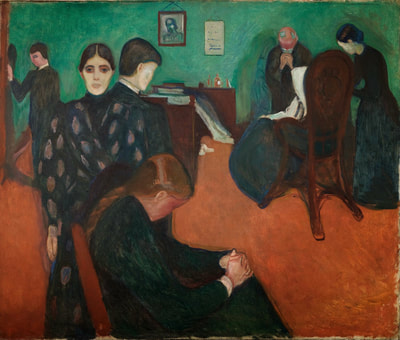
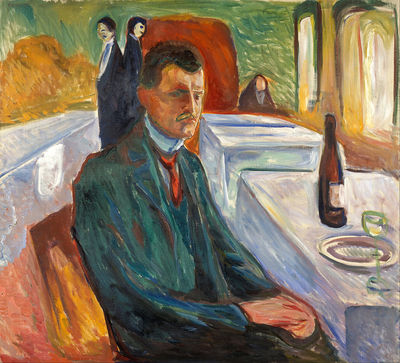
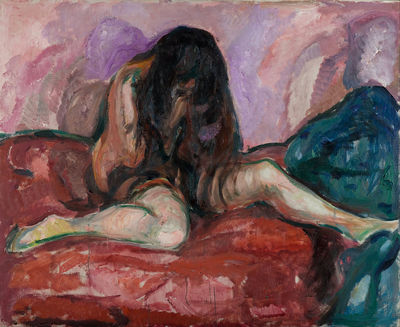
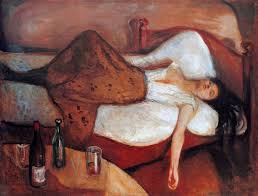
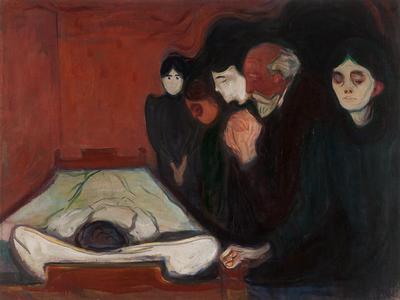
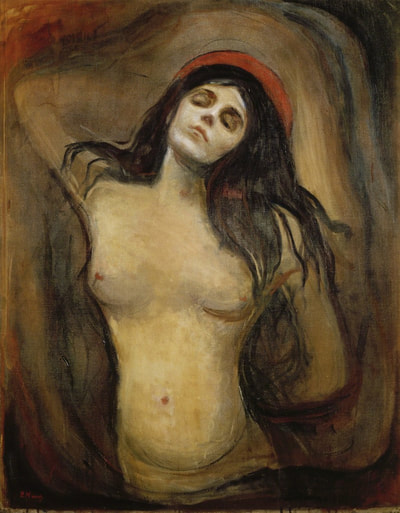
 RSS Feed
RSS Feed